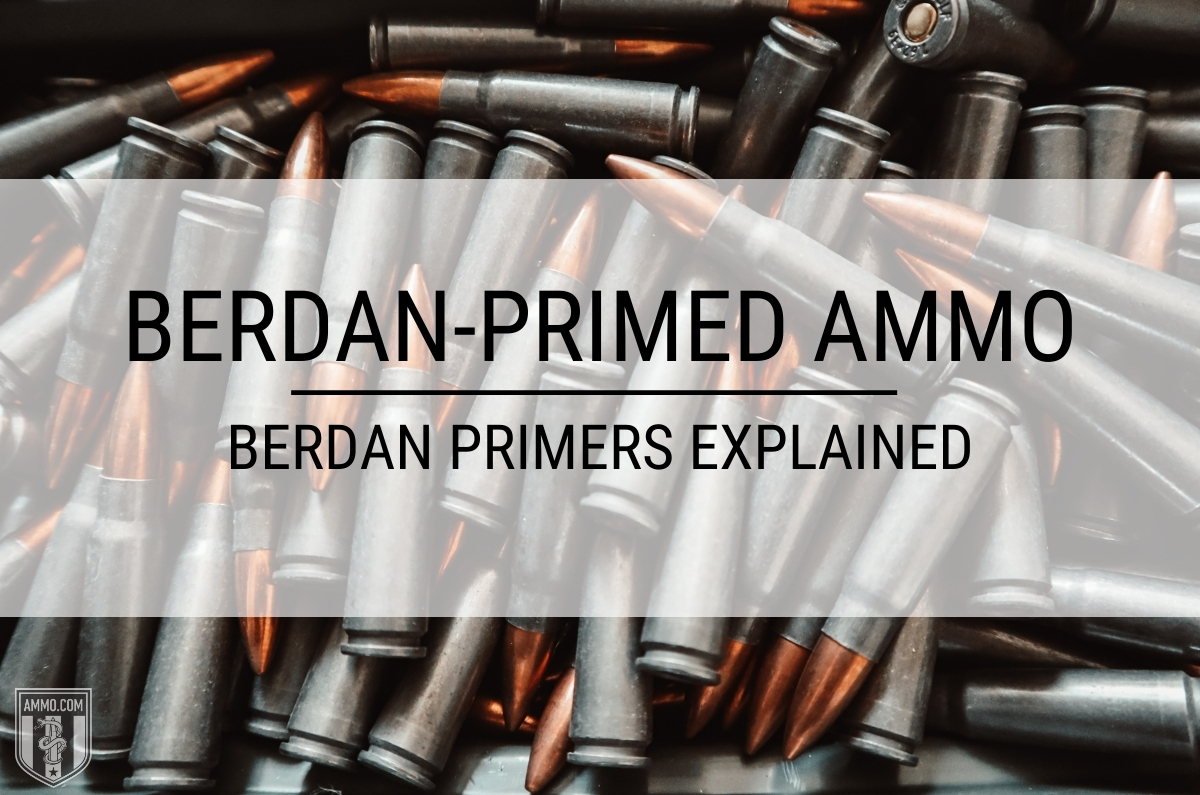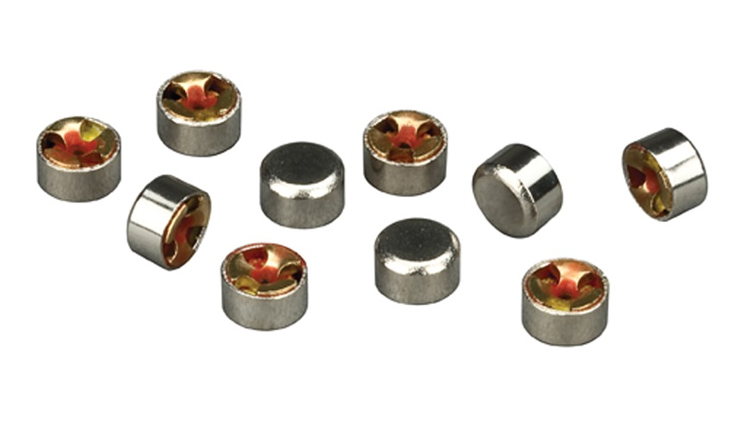Getting The Federal Primers To Work
Table of ContentsSome Known Questions About Primers In Stock.Indicators on Small Pistol Primers You Should KnowThe Ultimate Guide To Winchester PrimersNot known Facts About Remington PrimersHow Remington Primers can Save You Time, Stress, and Money.
Part of the weapon cartridge for starting propellant combustion In firearms as well as artillery, the guide () is the chemical and/or device in charge of initiating the propellant combustion that will certainly push the projectiles out of the weapon barrel. In very early black powder weapons such as muzzleloaders, the guide was essentially the same chemical as the major propellant (albeit usually in a finer-powdered form), however poured into an exterior flash frying pan, where it can be ignited by an ignition source such as a slow-moving match or a flintlock Some muzzleloaders have primers like cap gun caps.
Examples include hand gun cartridges, rifle cartridges, and also shotgun coverings. Bigger weapons items in comparison usually utilize electrical priming. In weapons the guides are frequently a separate element, put inside the barrel to the back of the main propellant chargebut there are various other instances of guns, consisting of as an example some automated tools, designed to shoot cartridges with essential electric guides.
Some Ideas on Primers In Stock You Should Know

With the advent of hand-held weapons, this ended up being an unfavorable means of shooting a weapon. Holding a burning stick while attempting to pour a charge of black powder carefully down a barrel is hazardous, and trying to hold the weapon with one hand while at the same time aiming at the target and also looking for the touchhole makes it extremely challenging to fire properly. The initial attempt to make the process of firing a little arm easier was the "matchlock".
, and also dried out. After the weapon was packed and the touchhole topped with powder, the burning pointer of the match was placed so that the lock would bring it into call with the touchhole.
Not known Incorrect Statements About Small Pistol Primers
This brought the suit down to the touchhole, igniting the powder - https://hearthis.at/relodprim3rs/set/xZb34/. With mindful attention, the slow-burning match can be kept burning for long periods of time, and the use of the lock device made fairly exact fire feasible. The next change in ignition technology was the "wheel-lock".

The covered flashpan likewise offered some ability to endure bad weather condition. primers in stock. Wind, rainfall, and also wet weather condition would render a matchlock worthless, but a wheel-lock that was loaded as well as waterproofed with a little bit of grease around the flashpan can be discharged under most conditions. The wheel-lock delighted in just a quick duration of appeal before being superseded by a simpler, extra robust layout.
The smart Trick of Primers In Stock That Nobody is Discussing
The flint was held in a spring-loaded arm, called the "dick" from the resemblance of its motion to a pecking chicken. The penis rotated with approximately a 90-degree arc and also was held in the tensioned, or "cocked" placement by a trigger.
The "half-cock" setting held the dick midway back, as well as made use of a deep notch so that pulling the trigger would certainly not release the cock. Half-cock was a safety and security position, used when loading, saving or bring a packed flintlock. The "full-cock" placement held the cock all the means back as well as was the setting from which the weapon was fired.
It offered as both a flashpan cover as well as a steel striking surface for the flint. The frizzen was hinged as well as spring-loaded to ensure that it would secure in the open or closed setting. When shut, the striking surface area was positioned to make sure that the flint would strike at the correct angle to create a stimulate.
6 Simple Techniques For Primers For Sale
The flintlock mechanism was less complex and also stronger than the wheel-lock, and the flint as well as steel supplied a good, reliable source of ignition. The flintlock remained in military solution for over 200 years, as well as flintlocks are still made today for historical re-enactments and also muzzle-loading target competitors, and also for hunters that delight in the additional difficulty that the flintlock supplies.
Percussion ignition was designed you can find out more by Scottish clergyman Rev. Alexander John Forsyth in 1807 however required better refinements prior to it was gradually approved in the 1820s to 1830s. By the center of the 19th century, the percussion or caplock system was well established. It was adopted by both sides in the American Civil War, as it was less complex as well as much more dependable than the flintlock.
The flashpan and also frizzen were gotten rid of and replaced by a small, hollow horizontal cyndrical tube (drum) screwed right into the bored-out and tapped flash hole and bring a "nipple area" over which the cap might be fitted. A "hammer" which also had half-cock (for filling as well as applying the cap) and also full-cock settings changed the dick.